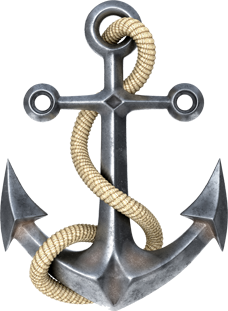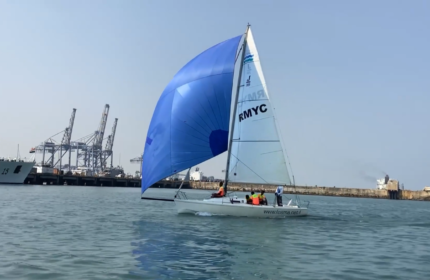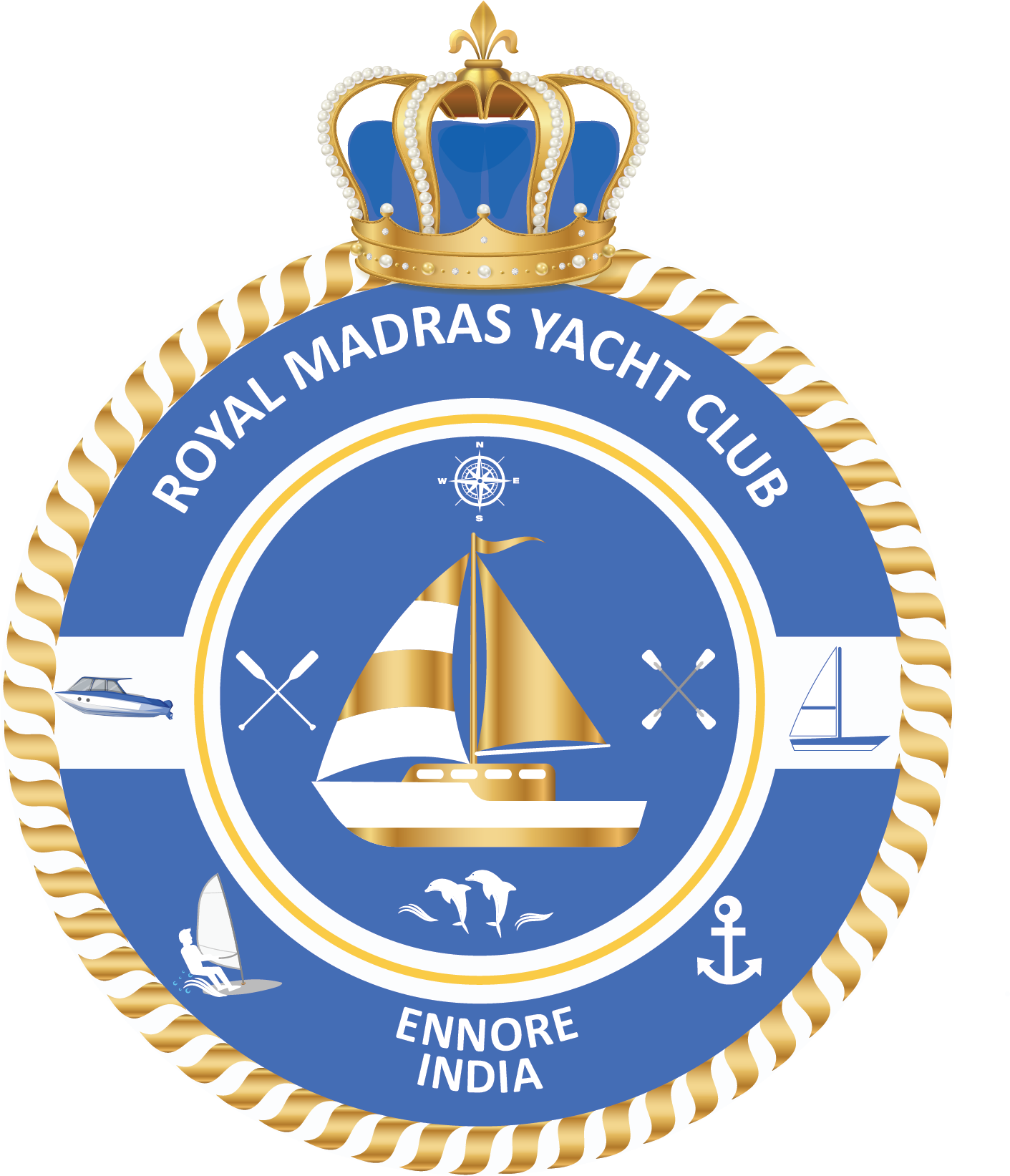About club
About RMYC
60
Members
11
Sailing Boat
3
Motor Yachts
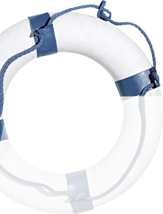
Media
Sailing Training of Coastal Security Group by Royal Madras Yacht Club Ennore Centre
For the first time in India the marine police of Tamil Nadu were imparted sailing training on the J80 sailing boats. The course was conducted by Royal Madras Yacht Club Ennore Centre
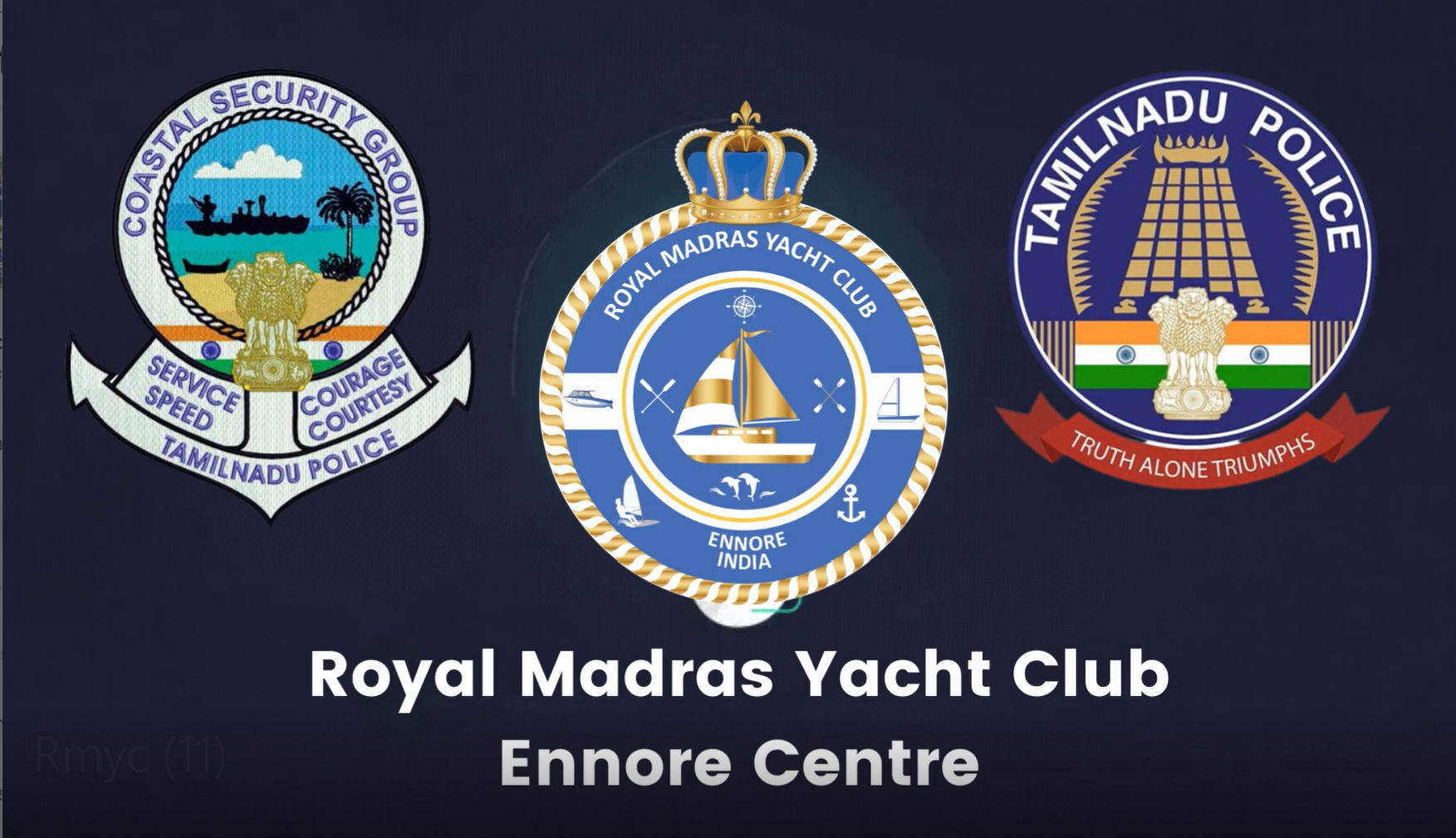
Explore
Upcoming Blogs

USE KNOTS INSTEAD OF MILES PER HOUR
Why does a mariner (and, for that matter, an airplane pilot) measure their boat’s speed in knots, rather than miles per hour or kilometers per hour.
Read More
RENEWING YOUR BOAT INSURANCE
Now, while your boat is still in mind but ready to be tucked away for the winter, is the perfect time to review your boat insurance.
Read More
BOATING RULES OF THE ROAD
Discover Boating launched a new interactive state-by-state safety map this month, providing boaters with an easy-to-use tool to find everything they need to know about licenses, boating safety, life jacket and education course requirements they’ll need before getting on the water.
Read More
COMPACT NAVIGATION SYSTEMS
This year manufacturers featured several big value navigation systems that came in small packages.
Read More